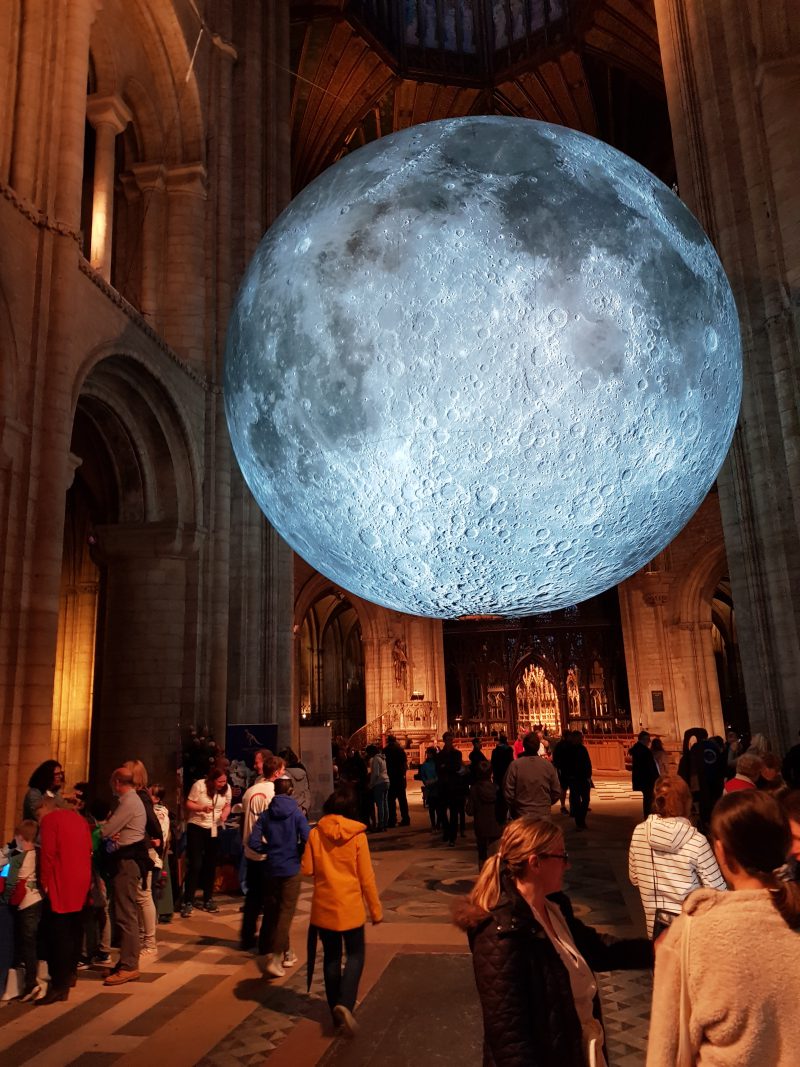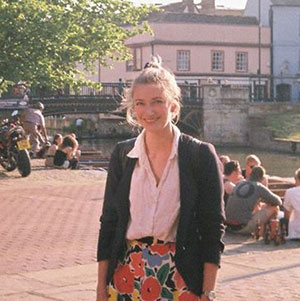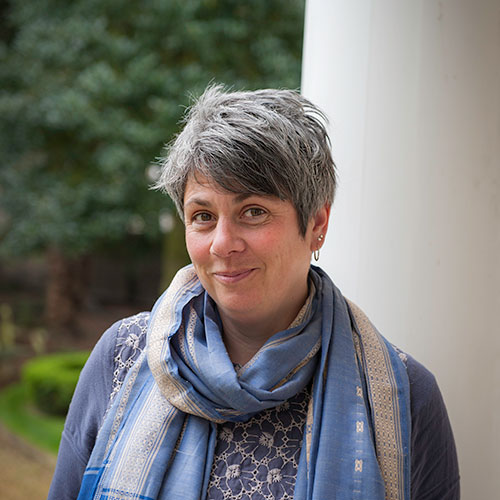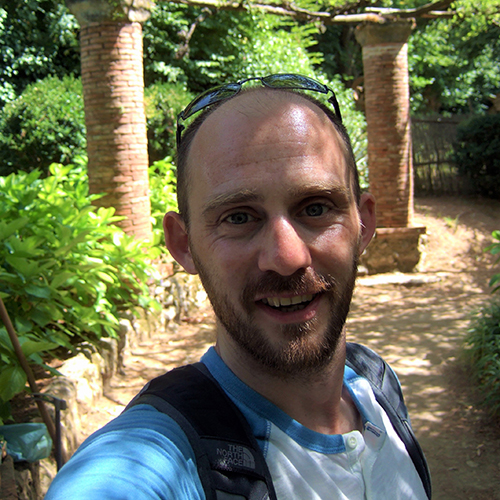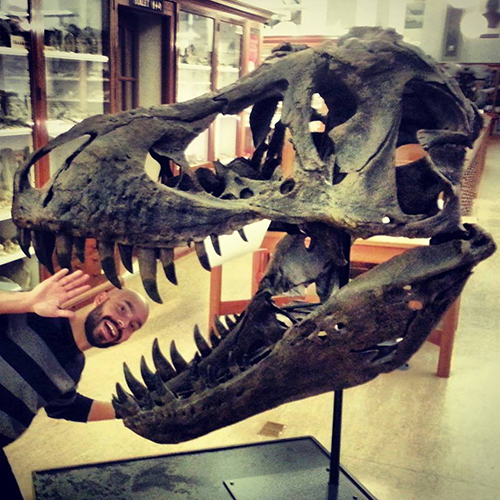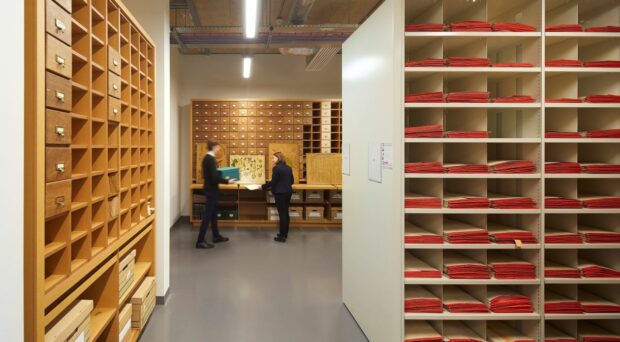Ely Science Festival this year focused on showcasing space science, marking the 50th anniversary of the Moon landing. Held in the magnificent setting of Ely Cathedral, this was a great opportunity for the Sedgwick and Whipple Museums to take their collections and expertise out to new audiences, many of whom were not familiar with our museums.
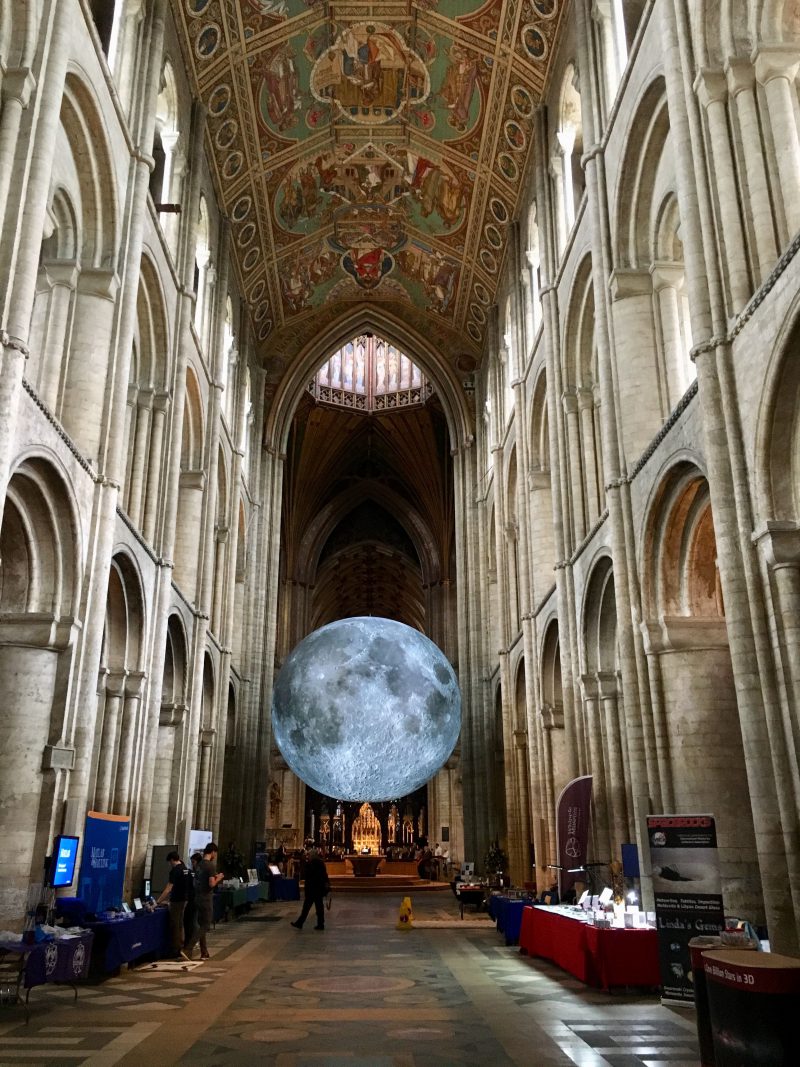
Throughout the festival, meteorites from the Sedgwick Museum’s important collection were on public display in St Dunstan’s Chapel. From a collection of over 300 meteorites, we selected 10 to demonstrate the variety in form and composition. Iron-nickel meteorites found in the USA, stony chondrites from Britain and France, and a stony-iron pallasite discovered in Russia contain some of the oldest substances in the solar system. Meteorites are an active area of research in the University’s Department of Earth Sciences; they provide clues about the composition of planet cores and the early formation of the galaxy.
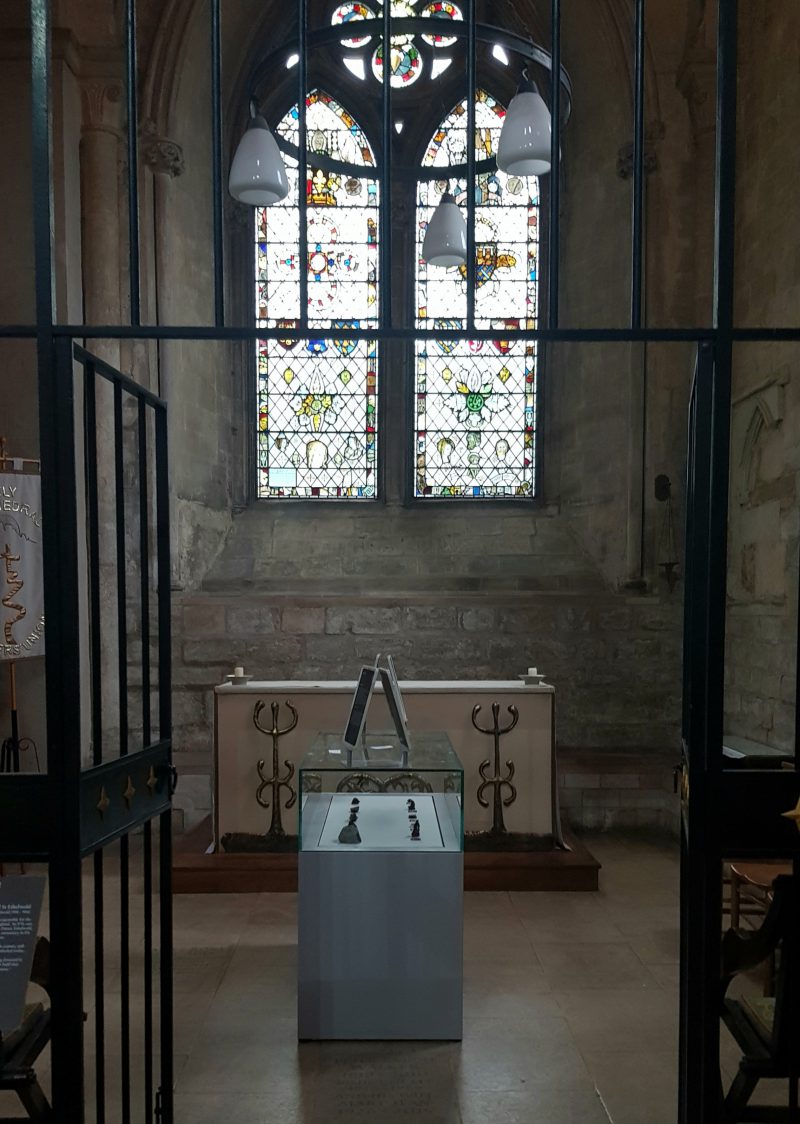
Our museums also participated in the popular Night at the Cathedral events which brought together a huge range of interactive space-themed exhibits, attended by nearly a thousand people during a single evening. The Sedgwick took along space-themed geological specimens for visitors to hold, including fragments of iron and stony meteorites, along with a tektite, natural glass formed on Earth after a meteorite impact. Rocks and minerals from Earth helped us to share our understanding of the moon’s geology: plagioclase feldspar is a very common mineral in the rocks of the lunar highlands, which are lighter coloured areas of the moon. The darker patches of the moon are ancient craters filled with basalt, or lava rock, and formed after the highlands. We really enjoyed enabling visitors to make a connection with outer space.
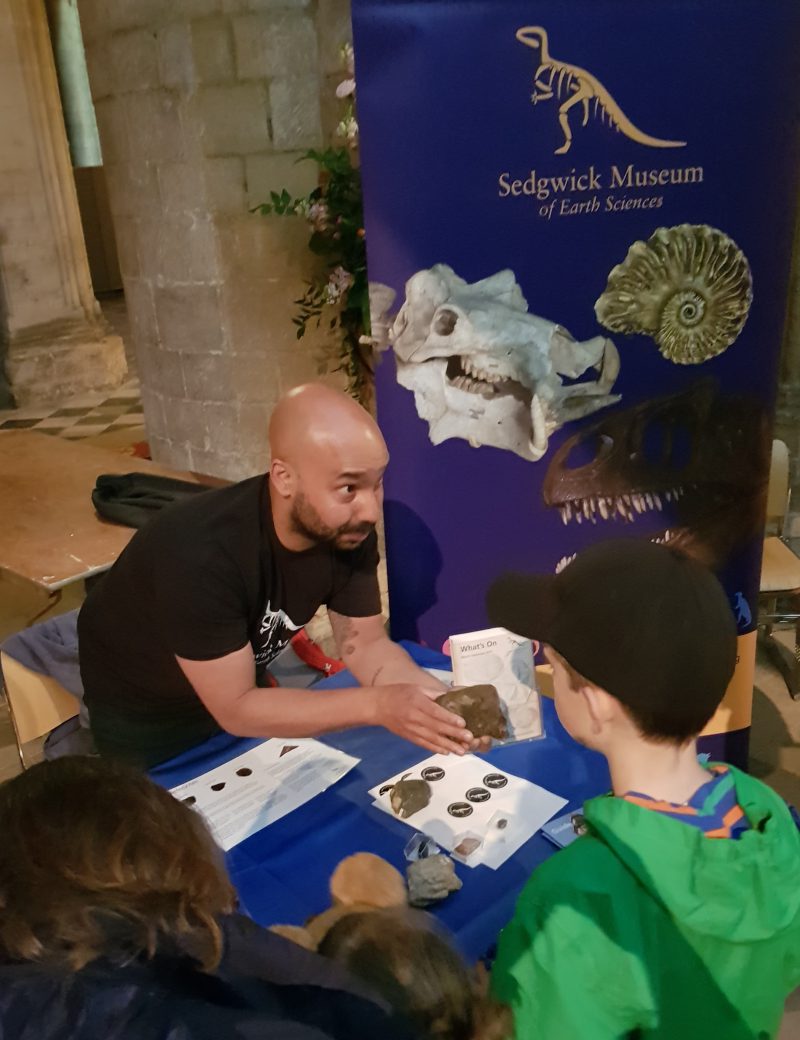
The Whipple Museum took along handling objects including our mechanical table orrery, as well as constellation crafts and eclipse models for families to make. The Whipple also participated in two of the Science Festival’s schools days, offering six Key Stage 2 and Key Stage 1 Earth and Space sessions to schools that had never visited the museum before.
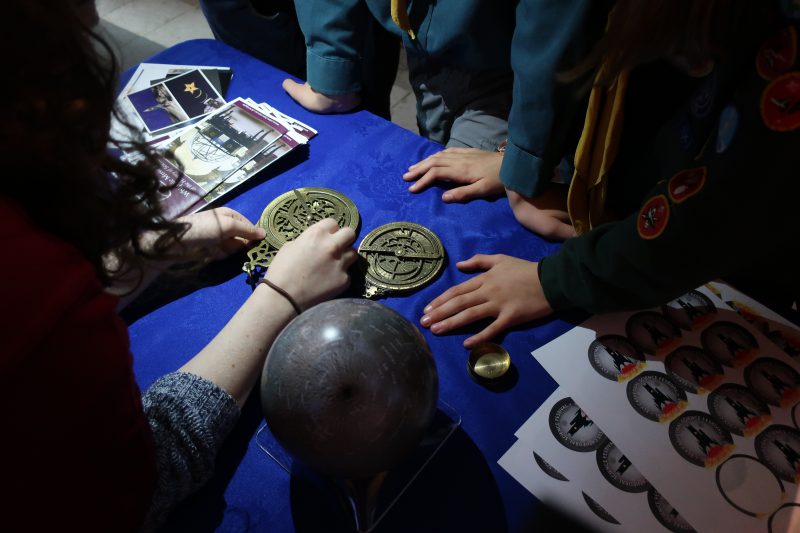
Central to the whole Festival was the installation of artist Luke Jerram’s Museum of the Moon, a vast and detailed internally-lit replica of the moon suspended within the cathedral nave, bringing the moon almost within our reach. Our museum handling tables were right underneath this stunning installation, meaning we could help people make a really strong connection between space science and the Moon itself. Many of the people we met in Ely were unfamiliar with our museums; it was a great opportunity to encourage them to visit, to show off some of our exciting scientific collections and share our enthusiasm for space.
